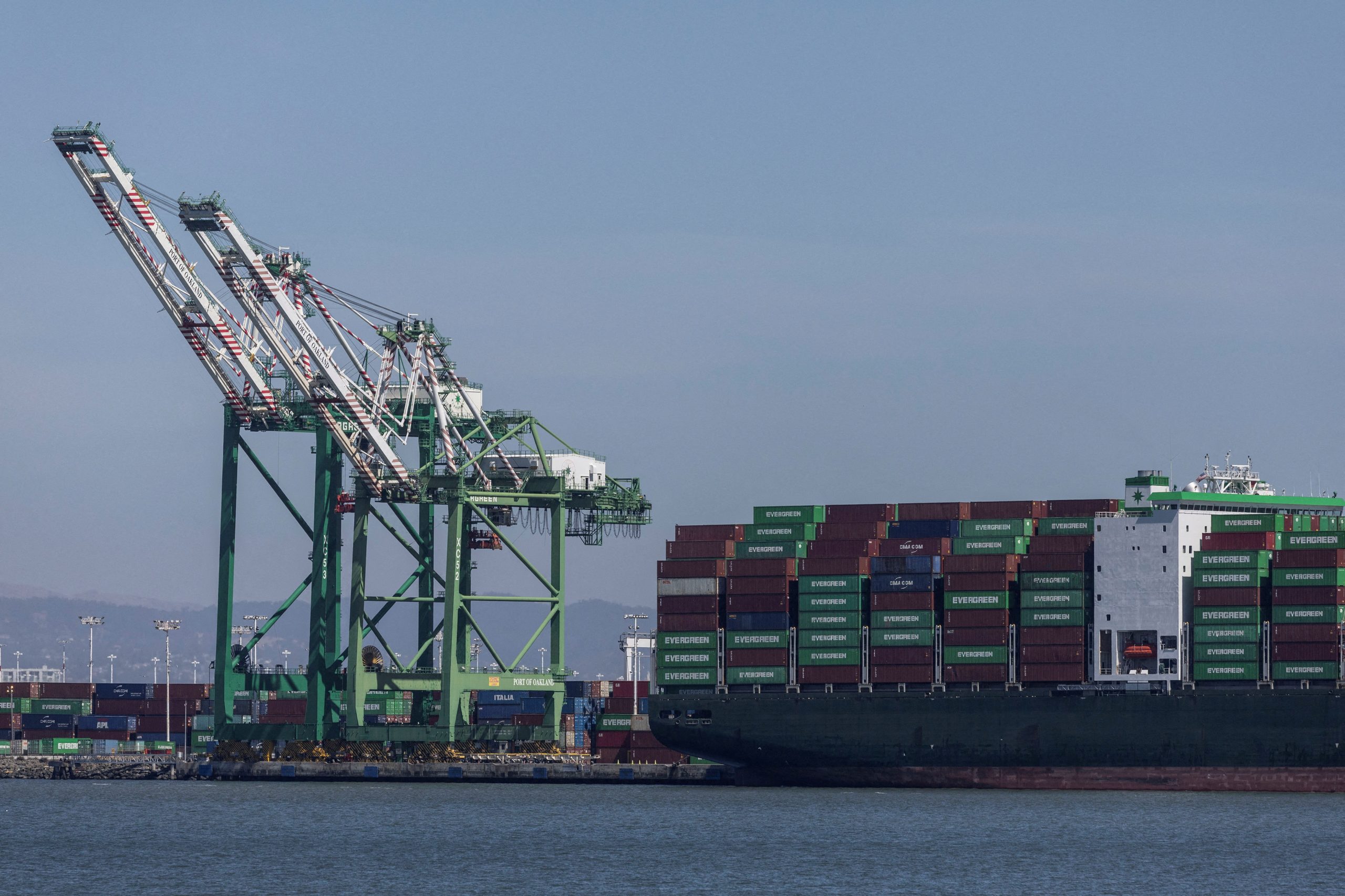
Ian Patrick, FISM News
[elfsight_social_share_buttons id=”1″]
The Bureau of Economic Analysis reported on Thursday that the real gross domestic product (GDP) for the 3rd quarter in 2022 increased by 2.6%.
This news was praised by the Biden administration, especially considering the midterm elections are a couple of weeks away, but officials are concerned that it won’t stave off a looming recession.
After two straight quarters of declining GDP, seen as one of the major benchmarks to indicate a recession, Biden said in a White House statement that the rise in GDP for Q3 “is a testament to the resilience of the American people.”
“For months, doomsayers have been arguing that the US economy is in a recession and Congressional Republicans have been rooting for a downturn,” the statement read.
“But … we got further evidence that our economic recovery is continuing to power forward.” Biden continued to say that there is more work ahead and blamed Republicans for having “a very different agenda” that would drive inflation up.
According to the BEA report, this rise in GDP “reflected increases in exports, consumer spending, nonresidential fixed investment, federal government spending, and state and local government spending, that were partly offset by decreases in residential fixed investment and private inventory investment.”
Contributing to the export increase were more industrial supplies and materials like petroleum as well as a jump in services like travel.
Health care was one of the main contributors to consumer spending, but this was also offset by a decrease in goods like motor vehicles and food. The BEA said consumer spending ultimately decelerated for Q3.
The jump in federal spending was led by the defense budget, while state and local spending increases were mostly due to compensatory payments for government employees.
Current-dollar personal income and disposable personal income also saw an increase from Q2 to Q3. Personal savings and the personal saving rate, however, declined slightly.
Experts and analysts are warning that the news might not be as good as everyone hopes.
Joel Griffith, an economic expert at the Heritage Foundation, said the increase could represent a “false optimism,” according to reporting by The Center Square.
“The mighty engine that used to be the American economy is now stalled, and the consequences are impacting Americans daily. Savings rates are near all-time lows as working families cope with more than $6,000 in lost purchasing power thanks to inflation,” Griffith said.
“Consumer debt is exploding as families turn to credit cards for groceries, gasoline, and even rent as the cost of living continues to rise faster than wages. Private domestic investment continued its plunge, with the worst back-to-back quarterly decline since 2009,” he added.
Private domestic investment dropped by 8.5% in Q3 and decreased by 14.1% in Q2.
Sal Guatieri, a senior economist at BMO Capital Markets in Toronto, said the increase is a distraction from what he called “a much grimmer picture of the U.S. economy.”
“With the full effect of past and future Fed rate hikes still to be felt, the economy appears poised for a modest downturn in the first half of next year,” Guatieri said.
MarketWatch reported that Chris Kempczinski, chief executive of McDonald’s, even anticipated “a mild to moderate recession in the U.S. and one that will be potentially a little deeper and longer in Europe.”
Sen. Mike Lee (R-Utah) reportedly said the report was a “welcome improvement,” but that “Americans are paying for the Biden administration’s policy choices with diminishing purchasing power and slower economic growth.”
A more complete estimate of Q3 data for 2022 will be released at the end of November.
